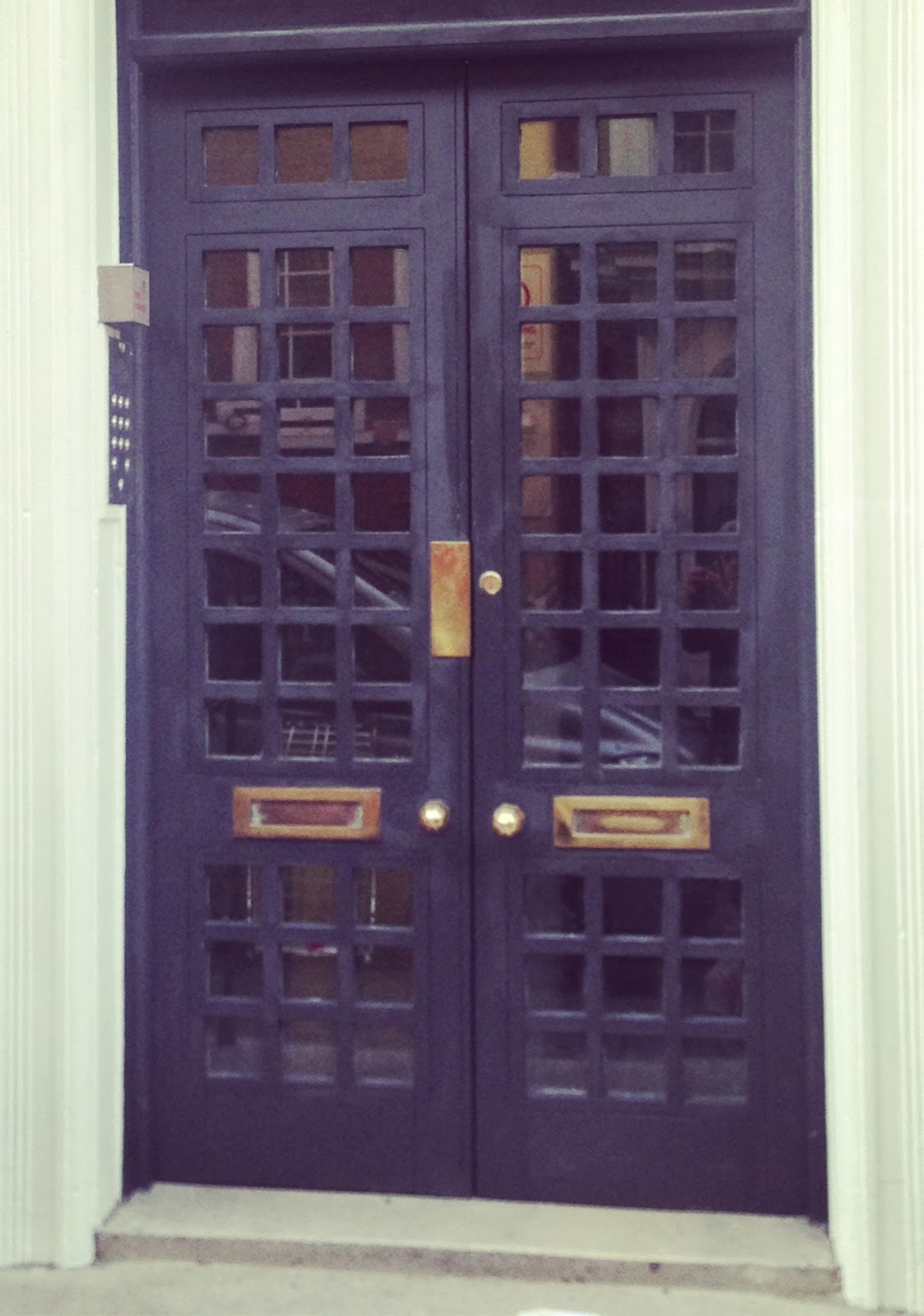 |
| Waterfall near Sapa, Vietnam |
Does it matter what trainers teach?
Over
the years I have run training programmes for a wide range of organisations and
institutions. Based on my experiences, I’m not sure if it matters what trainers
teach as long as the learners can see the relevance of the content, and the
style of the training is ‘relational’. I am borrowing the term ‘relational’
from coaching authority Erik de Haan, who says that the quality of the
relationship between the coach and the coachee is key to the success of the
coaching relationship. For me, the success of a training programme depends of
the level of trust I am able to build within the group of learners, and between
the group and myself.
Does it matter which methodology trainers follow?
De
Haan believes that lessons from psychotherapy can be applied to coaching. When
I was trying to decide which coaching methodology to practice, I was immensely
reassured to read in de Haan’s book Relational Coaching that “according to the vast mount of
experimental data now at our disposal” there is no difference between one
psychotherapeutic approach and another. To be effective, de Haan says, coaches
need to commit to one coaching approach, and focus on building a working
alliance with the person they are coaching.
It’s not what you do, it’s the way that you do it
The
same principles apply when I am co-training. I believe the relationship between
the trainers and the learners is key to the success of a programme or workshop.
‘Relational’ training helps learners to travel further towards their learning
goals, and makes the learning stick. Years ago I went on a course about
how to design and deliver participative training for adults. I still have a
handout called ‘How to build a co-training relationship’. It contains a list of
key questions that co-trainers need to ask each other before they step out in
front of a group of adults. Using these questions has helped me to build a
number of open, trusting and creative co-training relationships that are at the
very heart of what I do.
Relational training and ‘flow’
Co-training,
and being relational, is how I think trainers can help learning groups get into
a state of ‘flow’. The main characteristics of ‘flow’ as defined by Mihaly
Csikszentmihalyi are:
•
Intense
and focused concentration on the present moment
•
Merging
of action and awareness
•
A
loss of reflective self-consciousness
•
A
sense of personal control or agency over the situation or activity
•
A
distortion of temporal experience, one’s subjective experience of time is
altered
•
Experience
of the activity as intrinsically rewarding.[1]
These
are the key elements of all my most memorable co-training experiences. There
comes a moment in a training programme where the group is totally engaged and
involved in what is happening in the present time. At this moment I
instinctively know what to say, or whether to stay silent. I feel I have the ‘agency’
to help participants to make sense of what they are experiencing, and to
translate what they are seeing, hearing, thinking and feeling into something
that has meaning and relevance for them.
For
me, this is the most powerful and beneficial learning experience one can have
because it is long lasting and transformational. People who have experienced ‘flow’
tend stay connected, and continue to learn and grow together long after the
programme is over.
Getting to ‘flow’
How
can you help a group to reach a state of ‘flow’? I believe you have to be
totally committed to co-training and to working collaboratively. You have to do
everything you can to build a working alliance with the participants. I also
think you get to flow by demonstrating a combination of opposite behaviours:
•
Good
planning and
being able to depart from the agreed schedule
•
Starting
where the group are at and encouraging them to push open some mental doors and
windows
•
Sharing
your own experience of the training content and holding your knowledge lightly
•
Demonstrating
respect for the group, and for your co-trainer, and being able to laugh at yourselves and with the group.
Is relational training a kind of placebo?
Not
at all. The point about relational training is that adults will always choose
what they want to learn. When you build a working alliance with learners, you
encourage and support learners to make meaning for themselves. And for me, this
is the most effective way to learn.
[1]
From the Handbook of Positive Psychology, C R Snyder, Erik Wright, Oxford
University Press, 2001
For more about how I work with groups, please see my main website KellowLearning.com



